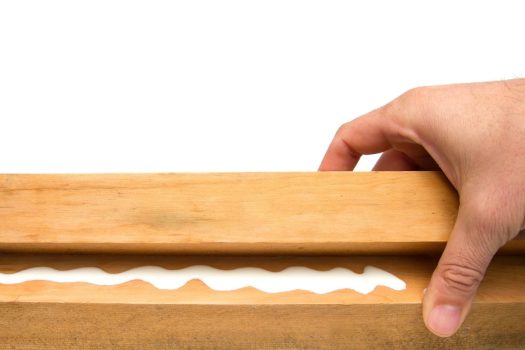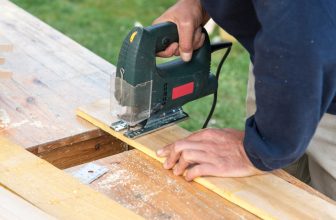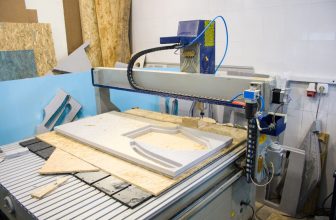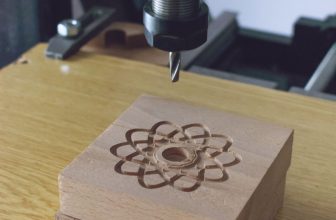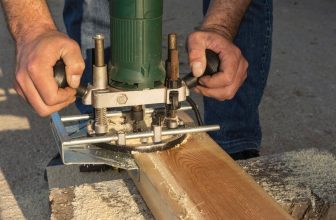Contents
If you are not planning to use screws or nails when it comes to either upcycling a piece of wooden furniture or building something brand-new, then you probably considered wood glue.
It is an invisible, yet strong adhesive for wood, but its downside is that it needs time to cure.
This means you will have to schedule the drying time whenever you use it for a project. Unlike with screws, where you can start using the object you created right after you assembled it, the glue has to dry, and cure, making the process longer.
What “Drying Time” are we talking about?
First I’d like to quickly clarify what “Drying Time” means. You will generally find 3 different “drying times” on the instruction manual of most glue:
- The working time is the time during which you can adjust the position of the elements you are trying to stick together. This generally takes between a few seconds to an hour. You should not consider the parts glued at this point.
- The clamping time, which is what most people call drying time, is the time it takes for the glue to reach a solid-state. This generally takes between a few minutes and a few hours. When this time is over, you can gently move the elements around, but you should still not apply too much effort on the joint.
- The curing time is when the glue processing is over. More specifically, this means that the glue has fully crystalized, and reached its final strength. For most glue, this lasts between an hour and 72 hours.
How Long Does Wood Glue Take To Dry
Most wood glues have a working time of 5-15 minutes, a drying time of 20-60 minutes, and a full curing time of 24 hours.
Following The Rules
Most glues have an instruction manual, on which you can find out the drying time.
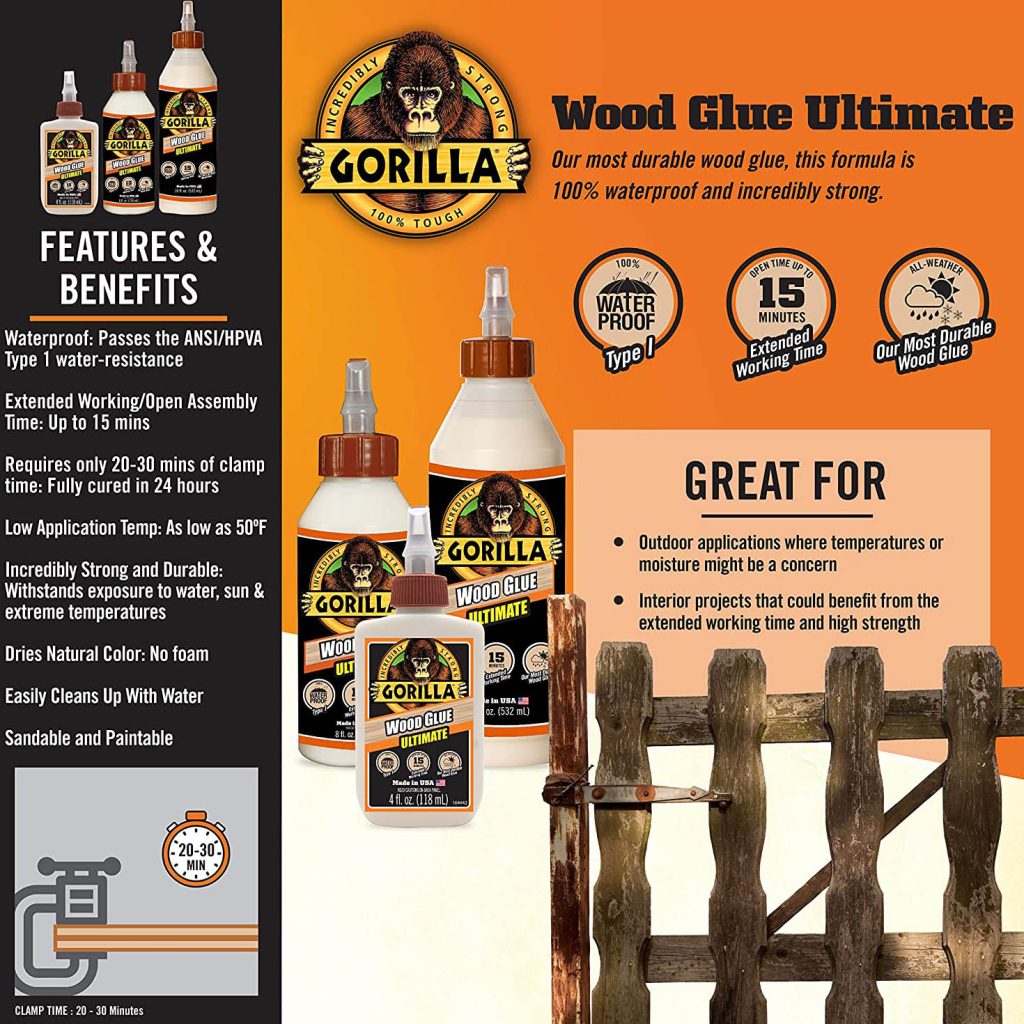
Drying And Curing – What Is The Difference?
Even though you are waiting for the wood glue to become dry, there is a difference between what it means to be cured, and what it means to be dried.
There is a reason you will want to wait for a long time before handling the project and that is because you want the glue to be able to withstand whatever is coming next. The process could include quite vigorous movements, and if the glue has not dried enough, the wood will come apart and you will have to start all over again.
Once you have glued the wood, you will need it to get to the dry stage. Once it has gotten to a state of dryness, you can remove the clamps and the project will not fall apart. This means that yes, it is dry, but it may not be able to withstand strong movements.
Once it has cured, think of the 24-hour wait, then the glue will have fully set and hardened. This is the best time to carry on working because it will give you peace of mind that you will not damage what you have already done.
Amount Of Glue
You might think that adding more glue to a piece of wood will give it a stronger bond, but this is not the case at all. There are a number of reasons not to do this, with the top one being it will take a lot longer to dry.
You might find that it appears to be drying, but underneath that top layer of glue skin, it is actually wet. This could mean you nudging the wood joint apart and having to fix it.
It may also add excess glue to the joint which could seep out as you apply two pieces of wood together. This not only looks unprofessional, but it will also need to be scraped off if you plan to finish the wood with paint, stain or varnish.
Lastly, certain glues may be soaked up by the wood, such as PVA wood glue if applied to softwood. This can cause the fibers in the timber to swell and push the joints away from each other. It will cause the wood joint to become weak and break.
Environmental Factors
Whilst it is always best to follow the advice of the wood glue package, they are written as if you will be working in the most ideal of conditions. For example, they have not factored in the different temperatures depending on where you decide to do the project.
When a warmer temperature is involved, humidity can come along with it, and this is the real enemy to wood glue. It means the glue will take much longer to fully cure, and unfortunately, that might mean it will take 48 hours instead of 24 hours.
If you want to check out how humid it is, step outside and see for yourself. If the weather is not ideal, then it might be best to either leave the project to another day or factor in extra time to do the work. You can get yourself a cheap hygrometer if you like to make data-based decisions.
Cold weather can also affect the drying time, or whether you decide to use wood glue indoors or outdoors. Your best bet is to assess the situation and use your initiative on the day.
Type Of Wood
Drying can also be affected by the type of wood you are using – either hardwood or softwood. Whilst the glue works well on both types of wood with no need to do anything special, you will notice that any glue that is applied to hardwood will take longer to dry.
This is because hardwood grows slowly, making it denser than softwood. Due to this, wood glue does not penetrate the fibers as fast, causing it to take longer to dry, and ultimately cure.
Different Glue Drying Times
There are four common types of wood glue that you may use, so let us look at them in more detail to see how quick they dry:
- Epoxy – is a waterproof thick type of glue that works as a resin and a hardener. It is best to use for smaller projects. The rapid-set version takes 6 hours to cure, whilst regular Epoxy will take around 24 hours.
- Polyvinyl Acetate (PVA) – is probably the most commonly used of the lot. Also known as white glue, it is a general-purpose glue used for wood that can be clamped for up to 30 minutes, but will need a full 24 hours to cure.
- Polyurethane – can be used to fill gaps on materials such as ceramic, plastic, stone and wood. It takes 24 hours to cure, and clamping will take around 2 hours.
- Cyanoacrylate – also known as superglue, is good for small repairs and jobs. It can take a few seconds to dry, but for a full cure it is best to wait around 10 to 24 hours, depending on what it says on the package.
Final Words
Wood glue is best left for 24 hours if you want it to cure – that means it is completely rock hard, rather than just dry. Whilst you can carry on with a project without waiting the full 24 hours, it all depends on the wood and glue used.
There are many factors that can affect the drying time, from the type of wood and humidity in the environment, to what wood glue is used and how much of it.
Keeping these key areas in mind will help you to decide how long a project may take, and what the best course of action is.

